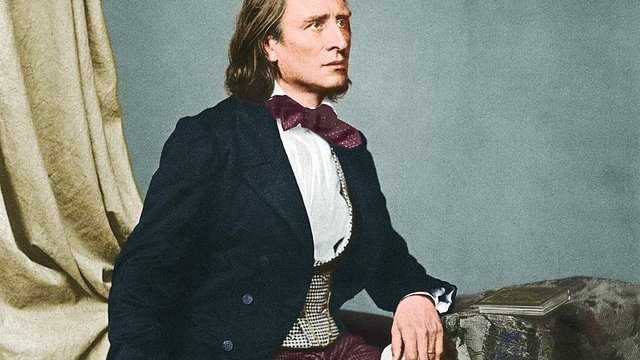
Liszt – Transcendental Études
Franz Liszt, one of the most dazzling virtuosos of the Romantic era, left an indelible mark on piano literature with his set of Transcendental Études.[…]

Liszt – Les Préludes
Les Préludes is one of the most celebrated orchestral works by the Romantic composer Franz Liszt. Composed in the early 1850s and first performed in[…]

Liszt – Piano Concerto No.1
Franz Liszt’s Piano Concerto No. 1 in E-flat major, S.124, stands as one of the most brilliant and revolutionary works in the Romantic piano repertoire.[…]

Liszt – Deux légendes
Franz Liszt, one of the most visionary composers of the 19th century, is often celebrated for his dazzling piano works and his role in the[…]

Liszt – Faust Symphony
Franz Liszt, one of the towering figures of 19th-century Romantic music, was not only a piano virtuoso but also a bold musical thinker who sought[…]

Liszt – Mazeppa
Franz Liszt, one of the most influential figures of the Romantic era, was a composer who constantly pushed the boundaries of piano music. Among his[…]

Liszt – Liebesträume No. 3
Franz Liszt’s Liebesträume No. 3, also known as Dreams of Love No. 3, stands as one of the most beloved and evocative solo piano works[…]

Liszt – Consolation No. 3
Franz Liszt, a composer and pianist known for his virtuosity and innovative contributions to Romantic music, created Consolation No. 3 in D-flat major (S. 172)[…]

Liszt – Totentan
Franz Liszt, the Hungarian virtuoso pianist and innovative composer of the 19th century, had a lifelong fascination with themes of mortality, the afterlife, and religious[…]

Liszt – Hungarian Rhapsody No. 2
Franz Liszt’s Hungarian Rhapsody No. 2 is one of the most electrifying and recognizable works in the Romantic piano repertoire. Composed in 1847 and published[…]